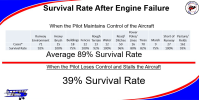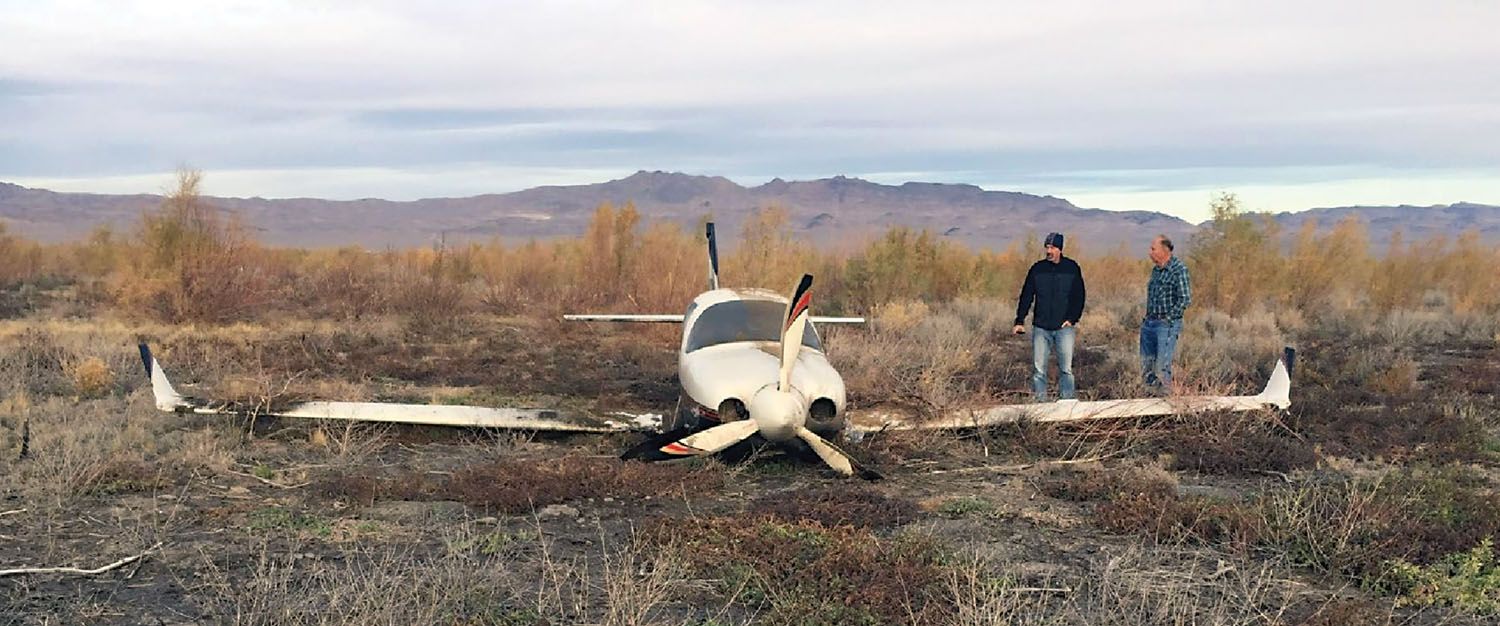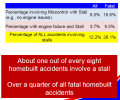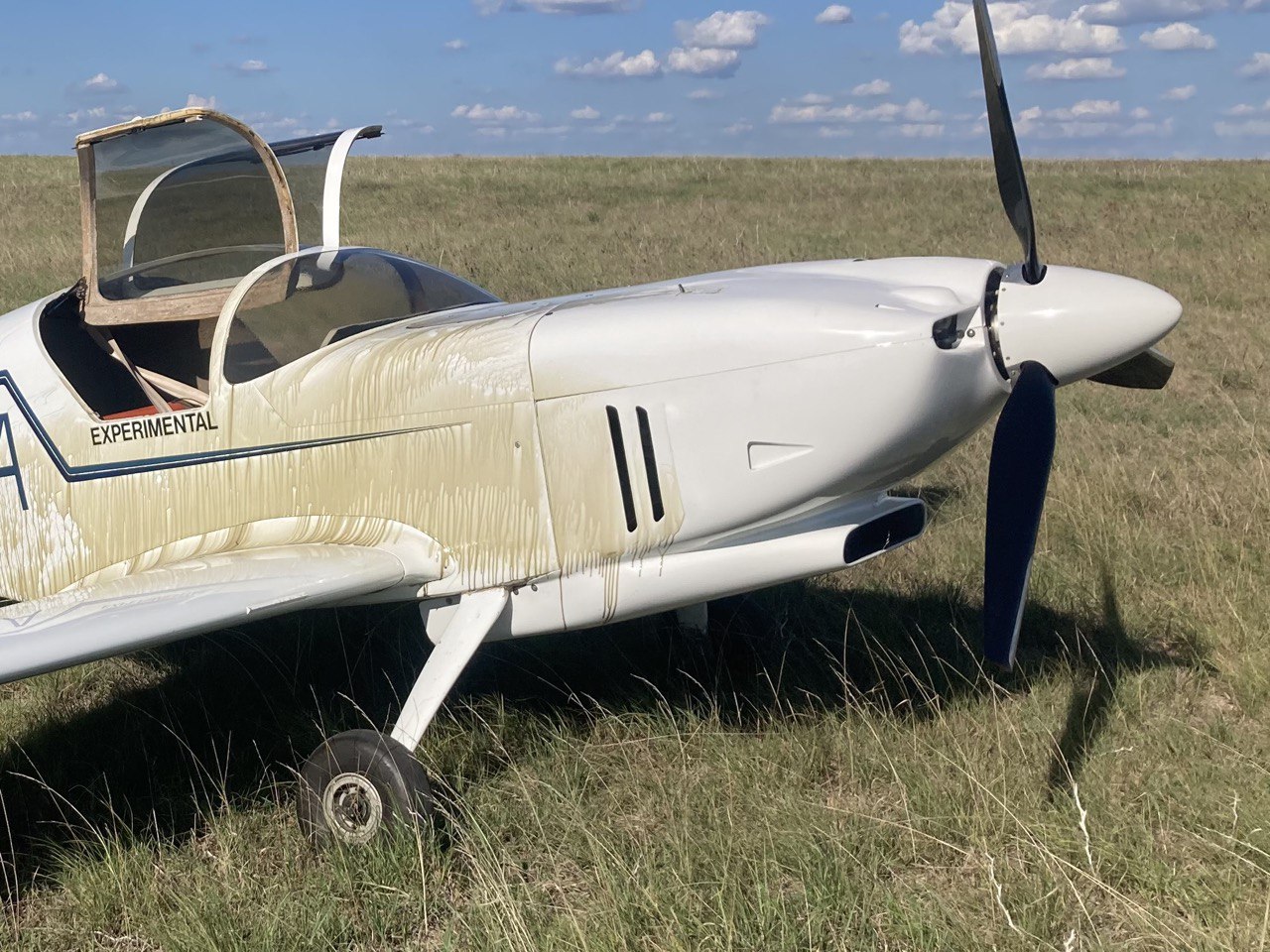So, it looks like, of your dataset of experimental aircraft accidents, the fatality rate for engine failures is 21%. Or said the other way, the survival rate would be 79%.
I would love to see the rate when the engine failure happened at night or in IMC. I'd have to assume it would be dramatically worse.
Have added a couple more years to my database since that analysis...now covers 1998 through 2022, inclusive (25 years).
Total EAB accidents: 4888
Total Fatal EAB Accidents: 1158 (23.7%)
Total cases of loss of engine power: 1590 (includes all causes, including pilot-induced and undetermined cases). Roughly about 32% of all EAB accidents
Loss of engine power cases with at least one fatality: 272. About a 17% fatality rate for loss of engine power.
To me, the lower fatality rate in loss of power situations makes sense. After all, we train intensively for this during instruction, and the refresher is in every BFR.
Looked through the data dictionary for anything that would make finding out whether an accident occurred in IMC or at night. No specific flags. The local time of the accident is one parameter, as is the time zone where the accident occurred. However, didn't see anything that flags whether it was at night. For each accident, you could use the time and date to calculate the local sunset time, but that would be real awkward.
Similarly, didn't see any specific parameters that establish whether the airplane was in IMC.
However, the NTSB investigators use a lot of standard terminology; one can search the narratives for appearance of words like "night" or "dark" or "IMC" or "IFR". One could do a keyword search, but it would still require manual review to verify the situation.
For instance, I occasionally search for "stall" in the Probable Cause to quickly identify accidents where the pilot stalled. Unfortunately, searching for "stall" means one finds hits on phrases like "The pilot avoided the stall by..." or even hitting on "installed" if the wild cards aren't properly deployed.
Did a manual search on the term "night" in the Probable Cause column, got 32 hits. Searched for "Dark," too, but with one exception, all were part of a "dark night" comment.
Of those 32, only five involved loss of engine power. Four were fuel exhaustion. So that's ONE verified homebuilt accident in 25 years that occurred when the powerplant failed at night. Certainly may have been others, but one would have to do a deeper manual scan.
I ran separate manual checks for "IFR", "IMC", and "Instrument". Two mentions of "IFR" in the Probable Causes, six of "IMC"; none had a loss-of-power associated with them.
Ran for "Instrument," which, as you might expect, has more potential for bad hits. 45 hits, but only four involved loss of power.
One of the four (IAD00LA021) was interesting. The Probable Cause was "The pilot's continued flight from visual flight rules into instrument meteorological conditions", with no mention of engine issues in the front summary or PC. But the narrative mentions oil blow-by and scratched piston skirts and rings, and there was also some issues with the magnetos. I listed the Initiator (term I use instead of Probable Cause) for this accident as continued VFR into IFR, but set the "Loss of Power" flag due to these uncertainties.
The other three were carburetor icing, a bad injector, and fuel exhaustion. SEA07LA040, WPR11FA147, and ERA13CA107, if you're keeping score.
Ron Wanttaja








